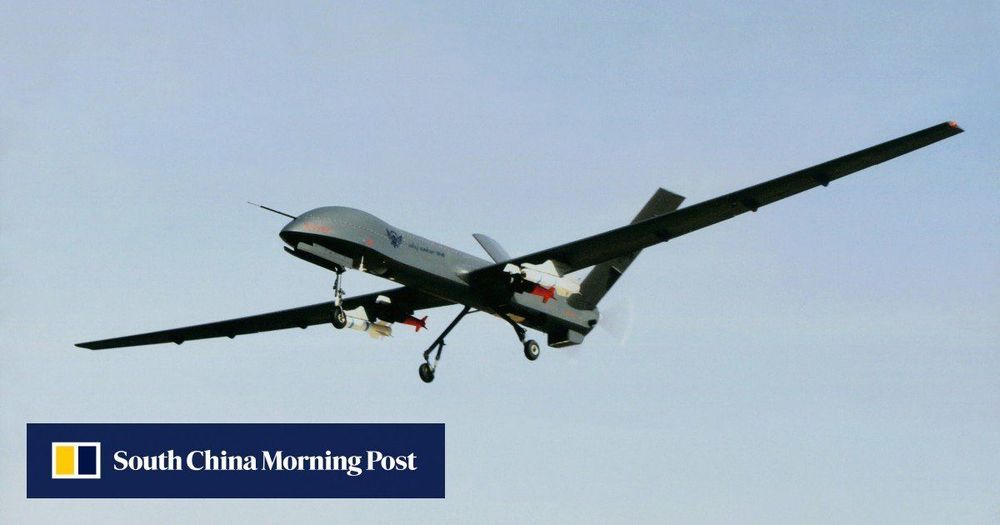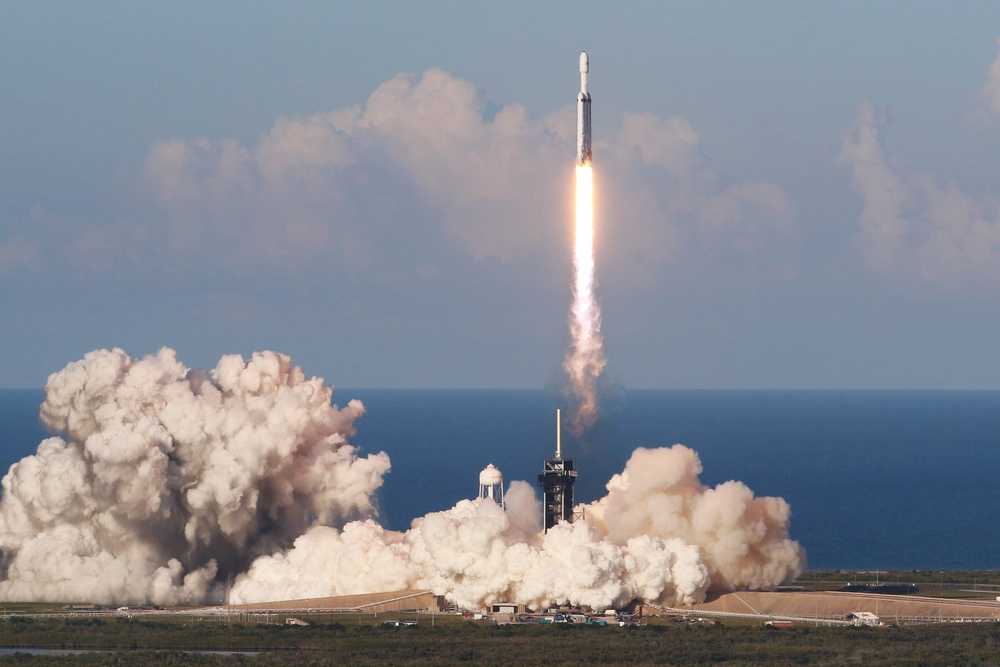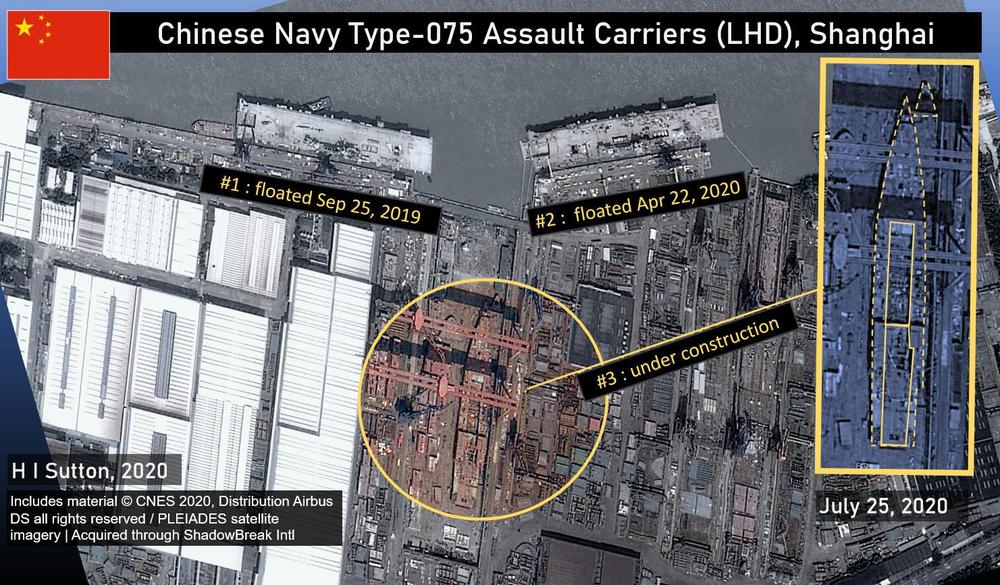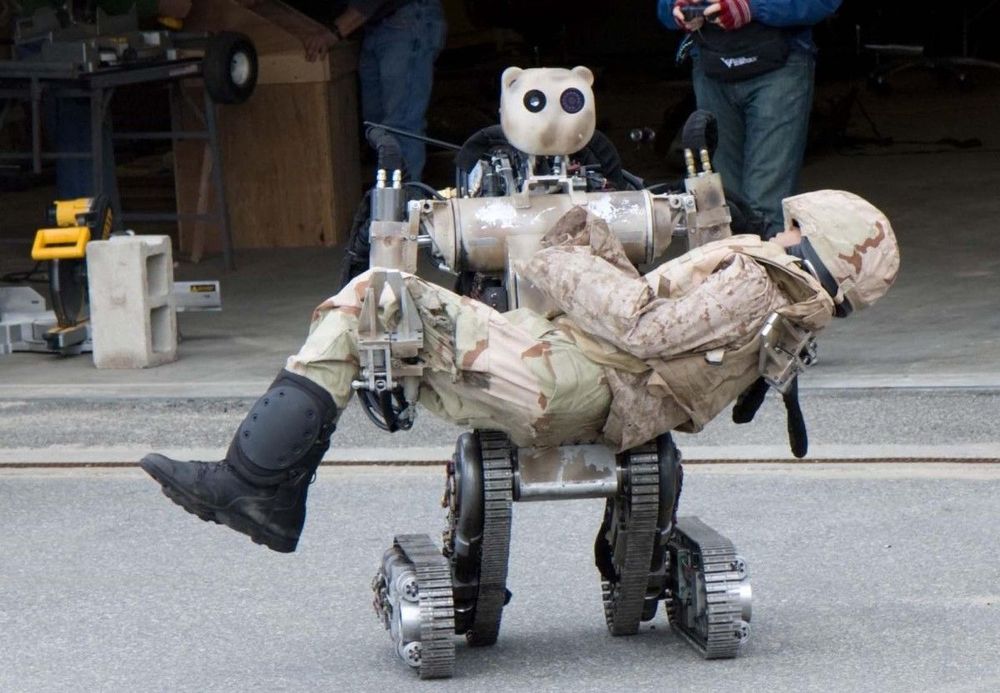
U.S. and U.K. defense agencies plan to award $1 million to startups at the first International Space Pitch Day in November during the Defence Space Conference in London.
The rapid pace of space technology development around the world is prompting military organizations to look beyond national borders to find promising technology. The Techstars Allied Space Accelerator established in 2019, for example, received funding from the U.S. Air Force, Netherlands Ministry of Defence, Norwegian Ministry of Defence and Norwegian Space Agency support.
SAN FRANCISCO – U.S. and U.K. defense agencies plan to award $1 million to startups at the first International Space Pitch Day in November during the Defence Space Conference in London.
The event, backed by the U.K. Defence Science and Technology Laboratory, Royal Air Force, U.S. Space Force and NATO, is designed to identify commercial technology with military space applications.
“This is all about fast-tracking innovation and cutting-edge technology to the front line quicker than ever before, and fresh ways of working with industry to make sure we stay ahead of our shared adversaries and the threats they pose,” Director Space Air Vice-Marshal Harv Smyth said in a statement.






 As part of the partnership between SpaceWatch. Global and Joint Air Power Competence Centre, we have been granted permission to publish selected articles and texts. We are pleased to present “Space Traffic Management – Impact of Large Constellations on Military Operations in Space”, originally published by the Joint Air Power Competence Centre for the Conference Read Ahead 2020.
As part of the partnership between SpaceWatch. Global and Joint Air Power Competence Centre, we have been granted permission to publish selected articles and texts. We are pleased to present “Space Traffic Management – Impact of Large Constellations on Military Operations in Space”, originally published by the Joint Air Power Competence Centre for the Conference Read Ahead 2020.


